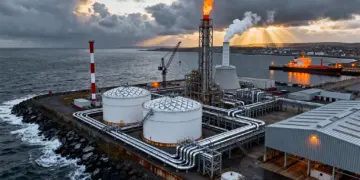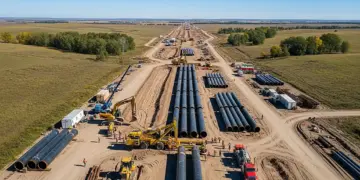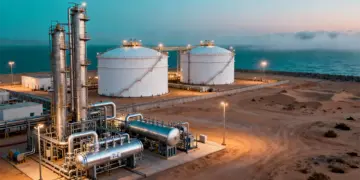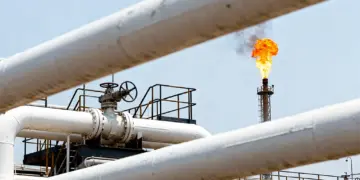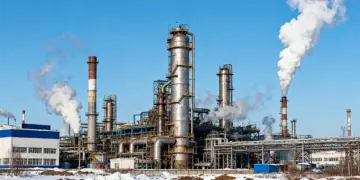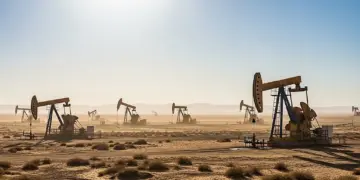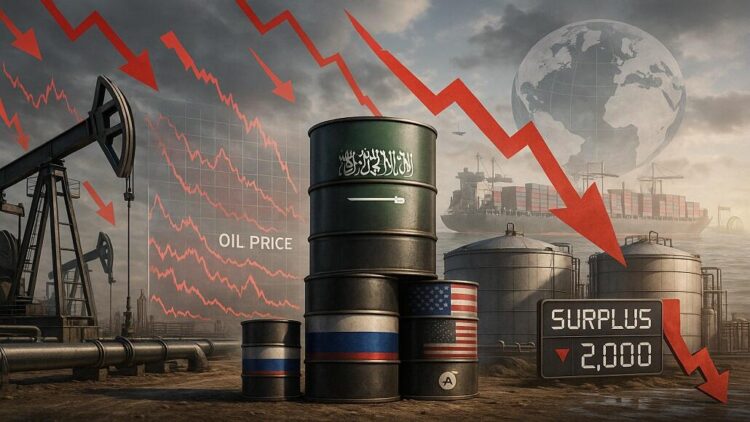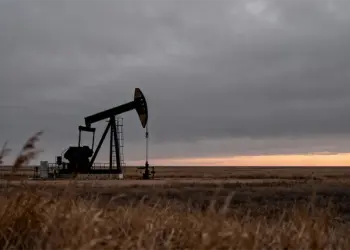The International Energy Agency stated that the global oil demand will slow down for the rest of 2025 due to economic headwinds in the first quarter.
According to the agency’s monthly report, the rate of consumption growth will slow to a “subdued” 650,000 bpd for the remainder of the year after rising 990,000 bpd year-on-year between January and March. Due to the weaker crude prices, it also reduced the prognosis for U.S. shale oil production.
“The first three months of the year will likely remain comfortably 2025’s strongest quarter,” said the Paris-based IEA, which advises major economies. “Signs of a slowdown in global oil demand growth may already be emerging.”
As OPEC+ revealed plans to increase production and U.S. President Donald Trump launched a global trade war last month, oil prices quickly plunged to a four-year low, and shifting consumption risks a further blow. As some of those trade concerns subsided, Brent futures have somewhat recovered to be close to $65 a barrel.
“We are seeing clear signs the global economy is slowing and oil demand growth is slowing,” Toril Bosoni, head of the IEA’s oil industry and markets division, said in a Bloomberg television interview in Paris.
“Increased trade uncertainty is expected to weigh on the world economy and, by extension, oil demand,” according to the report. There has been less than anticipated data on the global oil demand slowdown in growing markets, especially China and India.
The IEA downgraded its forecasts for the U.S. shale industry for a second month, including a steep 190,000 bpd reduction for 2026, since the slump is having a negative impact on oil producers.
There will be a global surplus this year and next since the rise of new supply will still outpace the expansion of demand, even with the slowdown for American drillers. The first quarter of 2026 will see an increase in inventories of up to 2 million bpd per day.
If additional output increases are confirmed by the Organization of the Petroleum Exporting Countries and its partners, the oversupply might be considerably worse.
Triple the initial planned volume, OPEC+ has announced a hike of 411,000 barrels per day in May and June, as group leader Saudi Arabia is looking to penalize members that have exceeded their production limits.
Although the Saudis have threatened more spikes, the IEA’s forecasts are predicated on OPEC+ maintaining group output at the same level beyond June. On June 1, the coalition is scheduled to have a video conference to discuss their plans. If more hikes were approved, inventories would accumulate much more quickly.








